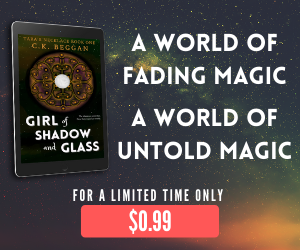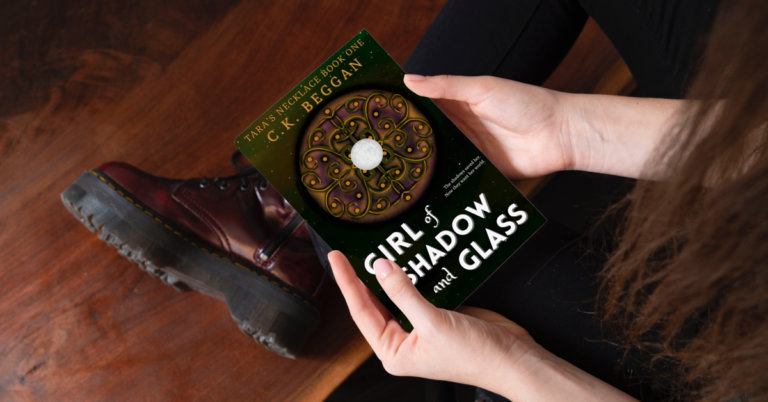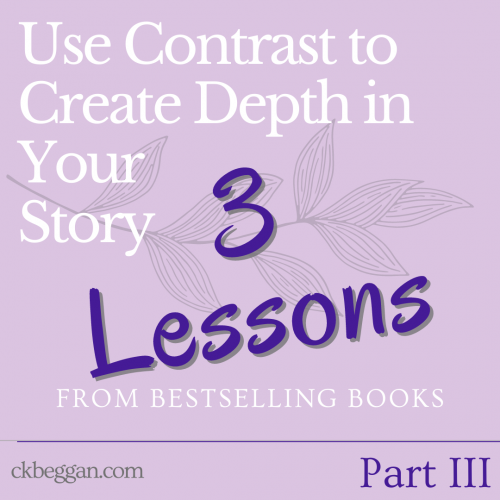This form of contrast can add depth to both plot and individual characters. The City of Brass is a masterclass in it.
Protagonist Ali is a morally upright (some would say uptight) djinn in S.A. Chakraborty‘s first-in-series novel. He’s wholesome and good amidst political schemers and tales of bloody sieges. He’s not without a temper and he can be subversive—if it’s for what’s right. But for a prince, he’s not great at politicking and pretenses. In fact, he’s easily fooled. Even Nahri, the story’s fellow narrator, can’t help but go against her streetwise, suspicious nature when she gets to know him.
Then there’s how others view Ali: he’s a zealot, a bigot, a person who’s unbending and who can be uncaring of those who don’t fit his world view (in this case, an entire tribe he’s supposed to protect). In the eyes of those in power, that makes Mr. Play-by-the-Rules as potentially dangerous as the rebels threatening Daevabad. (Reminder: he really is a protagonist. Right?!)
As contradictory as those views of Ali are, it’s all true. Ali gets to be the hero of his own story. He knows he has faults, but doesn’t see them all or understand they’re that big. Is he biased against the djinn? Sure, but to him they’re fire-worshippers; that goes against God’s law. In Ali’s mind, it’s all justified. He’s an upstanding citizen and a man of faith, a person trying to do what’s right. He certainly doesn’t realize other people’s view of him is so different from his own. Even when warned, he doesn’t get it.
At the same time, people close to Ali are swayed by their feelings and don’t perceive all of him. Which means everybody, including Ali, can’t possibly have all their expectations met—especially anyone who wants him to change. It’s realistic, and it’s a major plot point just waiting to happen.
Better still, he’s not the only central character who gets this treatment.
The Lesson: The City of Brass makes a theme of perception versus reality. This drives the plot effectively, and both the story and characters reach ever-greater depths because of it. The reader never quite knows what to think—and it makes The City of Brass so interesting, even after the last page is turned.
This technique is also perfect for a series. I still don’t know what to make of the characters in The City of Brass, and have been forced to reserve judgment until I read the other two books. Which means I feel that much more compelled to do so.
In short, if you want to add depth, interest and potential intrigue to your plot and characters, let one of your primary characters be the hero of his or her own story—and let the others disagree (or at least feel a lot less sure about whether that’s true).
This blog series concludes next week with Part III. See you then!










